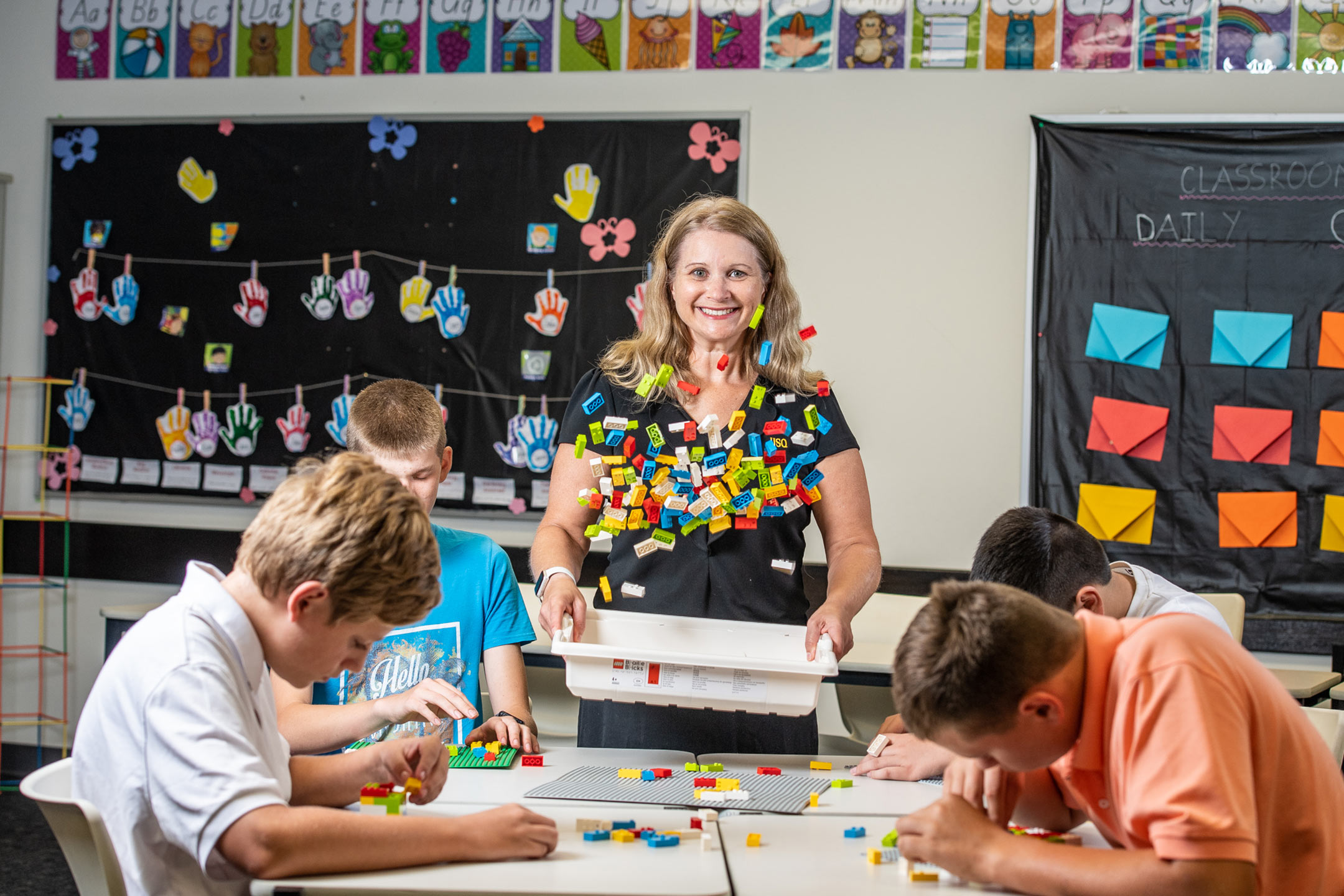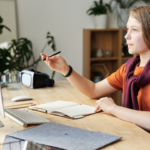
05 Feb What kid wouldn’t like LEGO Braille bricks?
Australia will be among the first countries to launch the LEGO Braille Bricks with hundreds of tool kits to be distributed by Vision Australia to schools and institutes that have children who are blind or have low vision.
Playing LEGO with her younger brother Simon in the sunroom of their Queenslander family home were some of Melissa Fanshawe’s best memories as a child.
Forty years later, she is still playing with LEGO, but this time to build a better future for blind and vision impaired Australian children.
As Vision Australia’s new education ambassador, Ms Fanshawe (in main image), is also an inclusive education researcher and senior lecturer at the University of Southern Queensland. She will be at the forefront of the roll out of LEGO’s new version of its iconic plastic bricks in Australia.
The role will see her champion ways to improve learning opportunities for Australian children who are blind or have low vision. Using the LEGO Braille Bricks, children can have the chance to develop tactile skills and learn the braille writing system in a fun new way.
She will assist Vision Australia to deliver training sessions and assist educators to understand how children can develop essential braille literacy and numeracy skills.
“Learning through play provides countless possibilities and I feel I can help many children who are blind or have low vision to learn braille in a new and exciting way,” Ms Fanshawe said.
 Designed by LEGO Foundation, each kit contains more than 300 bricks covering the full alphabet, numbers 0-9, and select literacy and mathematical symbols.
Designed by LEGO Foundation, each kit contains more than 300 bricks covering the full alphabet, numbers 0-9, and select literacy and mathematical symbols.
“I think it’s a brilliant idea because what kid doesn’t like LEGO?” Ms Fanshawe said.
“They are fun which makes it easier to engage children with hands-on learning braille literacy at an early age, and developing social and cognitive skills, problem-solving and fine motor skills.
“New technology, such as screen readers and virtual assistants, have changed the way people who are blind or have no vision read, but learning braille is just as important as teaching sighted children to read written words.
“Without it you can lose a lot of key literacy skills like spelling and punctuation which these children need not just to succeed at school, but to carry out day-to-day tasks when they get older.
“What I love most about the LEGO Braille Bricks is how it engages all students together to be able to play and learn.

More information about accessing LEGO Braille Bricks and training can be found on the Vision Australia website.
Radio Interview with Ms Famshawe.






